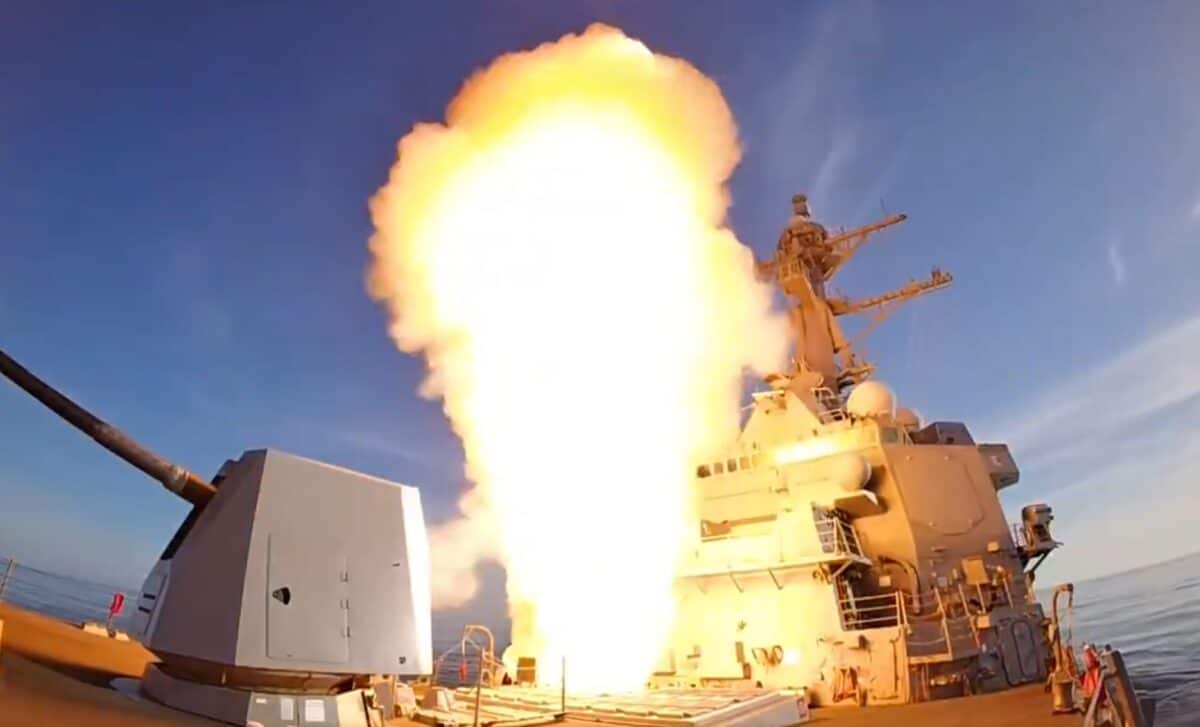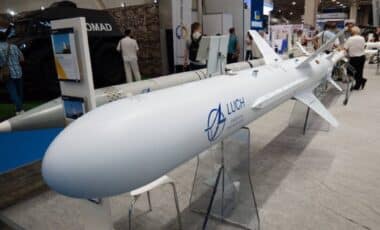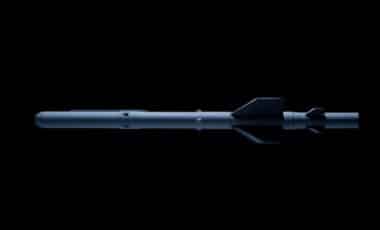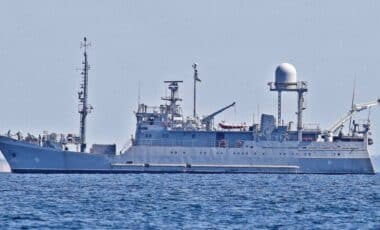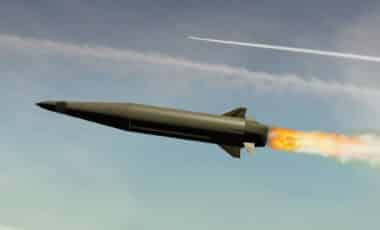Two US Navy destroyers successfully intercepted ballistic missile targets during joint NATO drills in the North Atlantic, marking a significant demonstration of American naval capabilities. The live-fire exercises, conducted as part of Formidable Shield 25, showcased the operational readiness of Aegis-equipped warships in integrated air and missile defense.
The training, involving ships stationed in Europe and equipped with Standard Missile-3 (SM-3) and Standard Missile-6 (SM-6) interceptors, highlighted the coordinated efforts among NATO allies to deter aerial threats. These maneuvers occurred amid broader defense developments, including the announcement of the $175 billion Golden Dome initiative, aimed at reinforcing US homeland missile defense.
The drills, formally titled At Sea Demonstration/Formidable Shield 25 (ASD/FS 25), have been ongoing since May 3 across the North Sea, Norwegian Sea, and North Atlantic Ocean. According to Newsweek, the exercise brings together air and missile defense units from multiple NATO nations in a simulated combat environment, enabling joint responses to a variety of incoming threats, including subsonic, supersonic, and ballistic targets. It reflects growing efforts to enhance the alliance’s integrated defense infrastructure and readiness in contested environments.
This year’s iteration of Formidable Shield comes at a time of heightened strategic concerns across the Atlantic alliance. The US has maintained a strong naval presence in Europe, with five Aegis-equipped destroyers based in Spain since 2023, specifically positioned to provide full coverage against ballistic missile threats to European NATO members.
End of an Era? Australia and Canada May Ditch U.S. Jets for UK Alliance
Coordinated Missile Intercepts in the North Atlantic
On May 15, USS Thomas Hudner launched an SM-6 missile to engage a short-range ballistic missile target. Five days later, a coordinated operation between USS Hudner and its sister ship, USS Bulkeley, led to the successful interception of a medium-range ballistic missile and a simulated second target using the SM-3 interceptor. According to the US Navy’s Sixth Fleet, all designated targets during the two missions were successfully engaged, underlining the systems’ performance in real-world scenarios.
The Navy emphasized the importance of demonstrating not just technical performance but also interoperability. “The two destroyers’ successful missile intercepts demonstrated the lethality of U.S. Navy systems and the ability to operate seamlessly with Allied nations to maintain a stable security environment,” the US Sixth Fleet stated in its report released on May 23.
Exercise Strengthens NATO Integrated Defense Posture
Formidable Shield 25 is designed to refine NATO’s Integrated Air and Missile Defense (IAMD) capabilities in joint operations. According to Naval Striking and Support Forces NATO, the three-week event involves live-fire exercises coordinated through NATO’s command and control systems. It includes multiple allied warships, ground-based air defenses, and aviation elements that collectively simulate a layered defense structure.
The drills incorporate various threat simulations, from aerial drones to complex missile threats. Captain Michael Dwan, Task Group 154.64 commander and adviser to STRIKFORNATO, said: “Exercises like ASD/FS are critical for refining our collective integrated air and missile defense capabilities, ensuring we can respond effectively to any threat from any direction and maintain a credible deterrent posture.”
Missile Systems and Broader Strategic Framework
The two missile systems used in the drills represent the cornerstone of US maritime missile defense. The SM-3, according to Raytheon, is designed to intercept short- to intermediate-range ballistic missiles with ranges estimated between 434 and 1,550 miles. The SM-6 is characterized as a multi-role weapon, capable of engaging air, surface, and missile threats up to approximately 290 miles, depending on the variant.
Both missiles play a central role in the evolving US defense doctrine, particularly in the context of forward deployment. The source reported that as of October 2024, five Aegis destroyers were stationed in Spain for ballistic missile defense. A sixth is scheduled to join in 2026, expanding coverage across NATO’s southern flank. These warships are intended to bolster deterrence against threats from adversarial states, notably including Iran.

